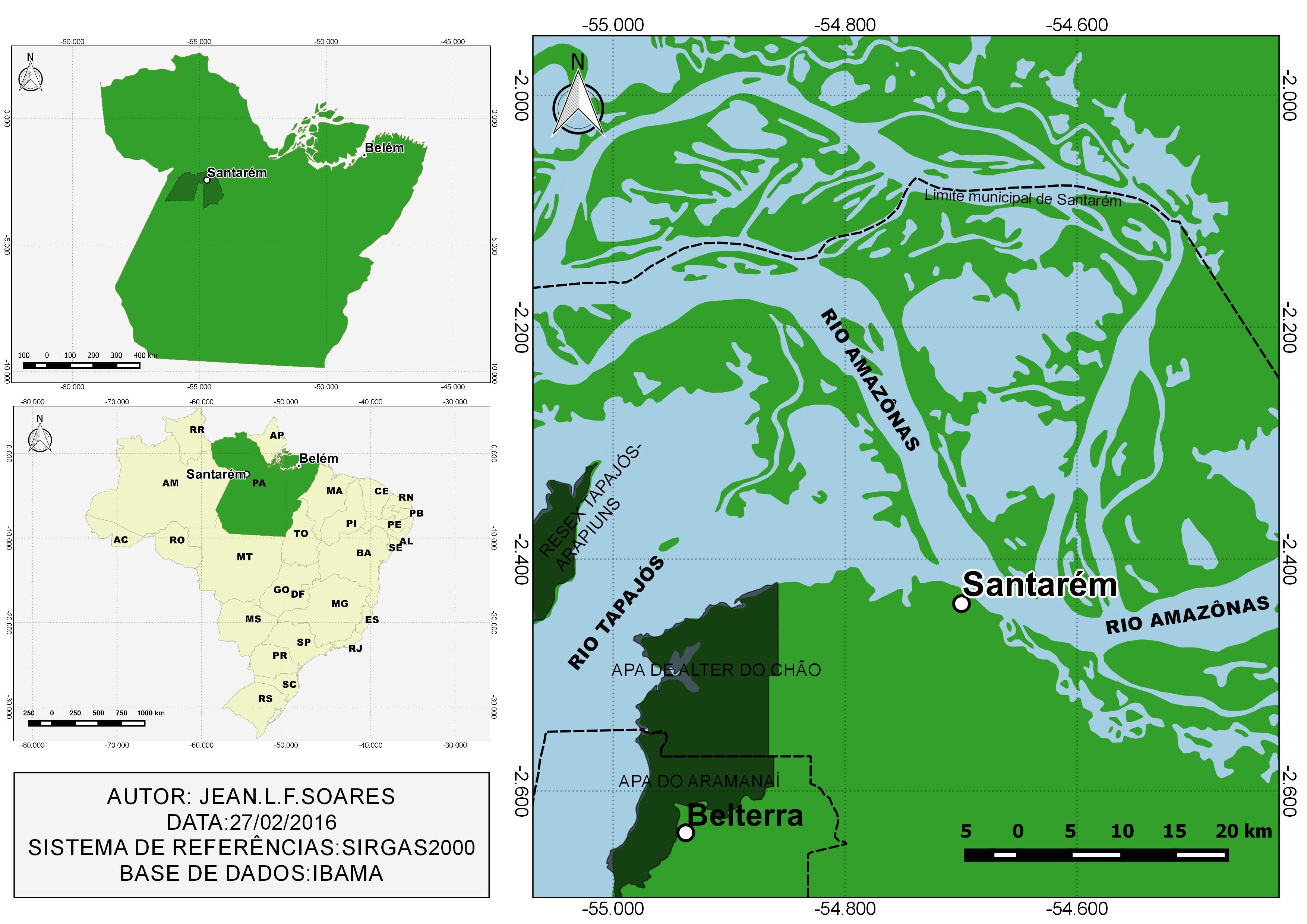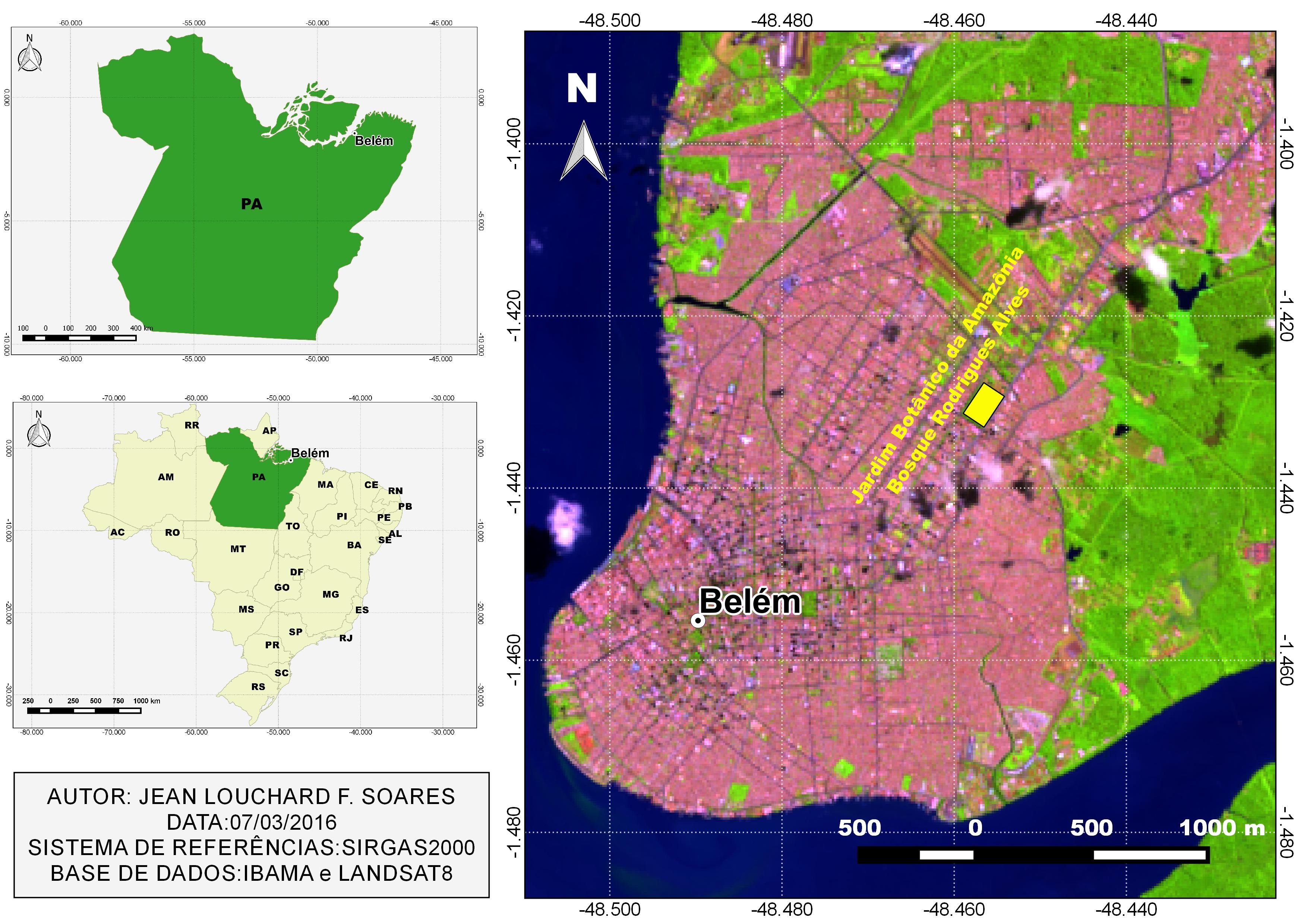Abstract
This study compared the structure of helminth parasite communities in two populations of Astronotus ocellatus from two localities in Pará State, eastern Amazon (Brazil). Hosts from the Tapajós River were infected by Posthodiplostomum sp. metacercarie, larvae of Contracaecum sp. and Pseudoproleptus sp., with predominance of Contracaecum sp. Hosts from Iara Lake were infected by Procamallanus spiculastriatus, Proteocephalus sp. and Acanthocephala gen. sp., with predominance of P. spiculastriatus. Parasites had an aggregated dispersion and there were differences in Shannon diversity index and the evenness between both host populations, because the parasite component community showed no similarity. The existence of variation in infracommunity and community of parasites for A. ocellatus from different localities indicates the presence of an uneven distribution in terms of species and density of parasites, as well as of intermediate hosts in the localities surveyed.
Keywords:
Amazon; freshwater fish; Apaiari; parasite; nematode; diversity

 Thumbnail
Thumbnail
 Thumbnail
Thumbnail
 Thumbnail
Thumbnail


